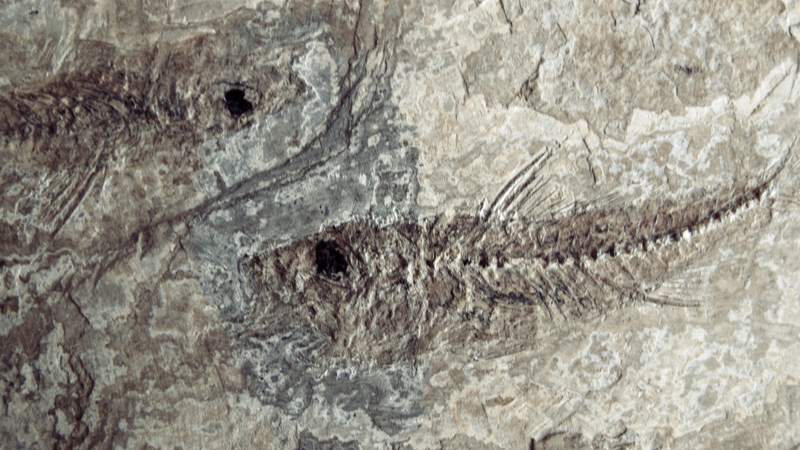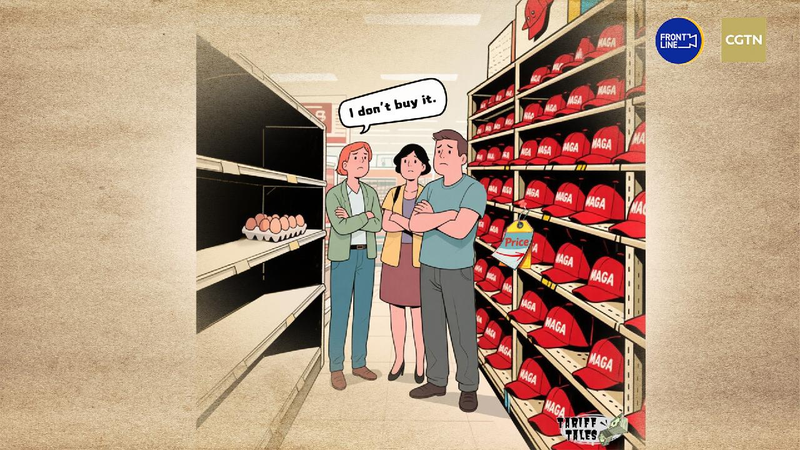Amazing Discovery: Tiny Ancient Fish Fossils Found in Australia! 🐟
Hey there, young explorers! Have you ever wondered what creatures lived in the oceans hundreds of millions of years ago? 🌊🐠 Well, scientists have just made a super exciting discovery that’s like finding a missing puzzle piece from the ancient world! 🧩
🔬 A team of scientists from China and Australia found fossils of a tiny, mysterious fish called Palaeospondylus (pronounced “pal-ee-oh-spon-dih-lus”) in Australia. What’s so cool about that? This is the first time these fossils have been found outside of Scotland, and they are about 400 million years old! That’s even older than the dinosaurs! 🦖
🐟 Palaeospondylus was a little fish, kind of like an eel, only a few centimeters long. Think about the size of a paperclip! 📏 For over 100 years, scientists have been puzzled by this tiny creature because it didn’t look like any other fish they knew. It was so mysterious that nobody could figure out which family of fish it belonged to. 🤔
🏞️ The new fossils were found in a place called the Georgina Basin in western Queensland, Australia. This area used to be underwater a long, long time ago. The fossils are from the Early Devonian period, which means they’re about 400 million years old! ⏳
🧠 Using special tools like CT scans (kind of like X-rays that doctors use but for fossils), the scientists made 3D pictures of the fish’s skull and brain. This helped them see all the tiny details inside the fossils. It’s like having superhero vision! 👩🔬👨🔬
🔍 With these detailed images, the scientists could finally figure out more about where Palaeospondylus fits in the fish family tree. They now think it was related to cartilaginous fish, which are fish with skeletons made of cartilage instead of bone. Examples of cartilaginous fish today are sharks and rays! 🦈
💡 The scientists also developed a new method to make these 3D pictures better and faster. This means they can study more fossils in the future and learn even more about ancient creatures! 🚀
Isn’t it amazing how tiny fossils can tell us big stories about the history of life on Earth? Next time you pick up a rock, who knows what secrets it might hold! 🐚🌍
Reference(s):
cgtn.com




